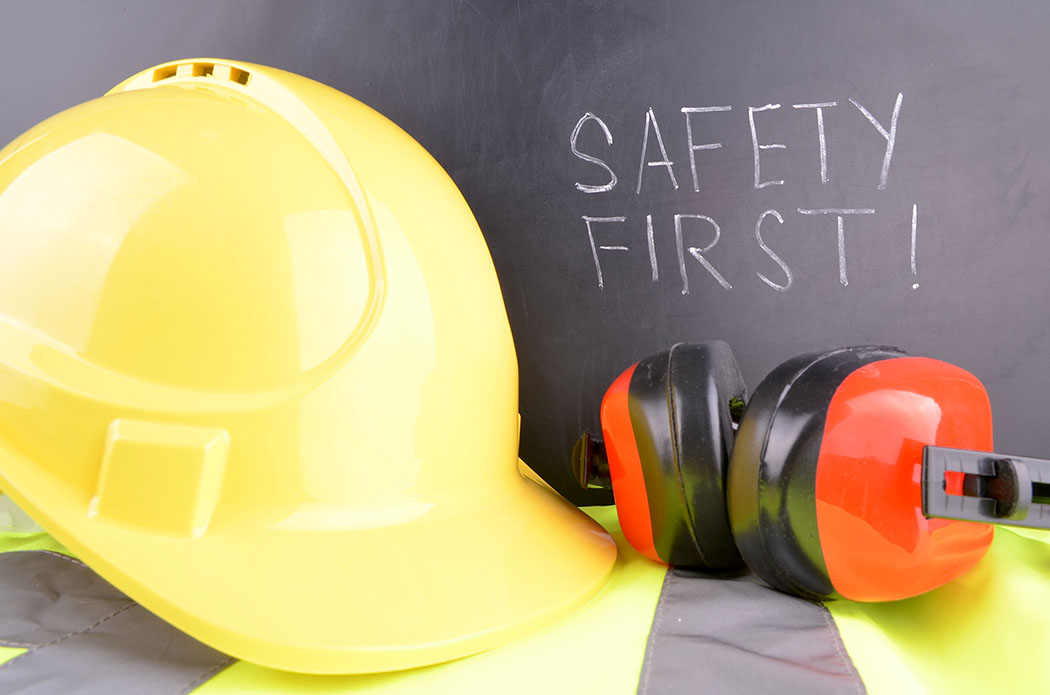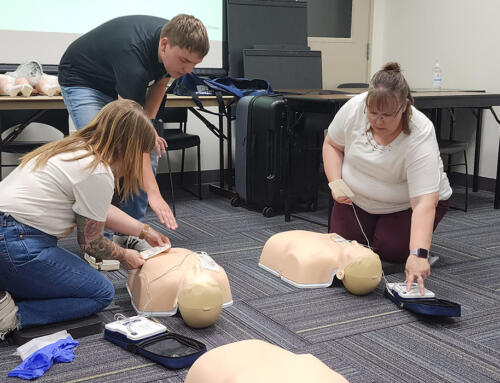The key to preventing harm to school employees (and students) is to establish a good safety program. Tailor the safety program to the specific needs of your school while meeting established compliance standards.
Managing employee safety in schools does pose some significant challenges. Finding the time to devote to safety, conduct training, hold meetings, and develop safety systems and processes is one barrier. Another is that schools face constant battles to maintain and justify limited budgets. Staffing, safety equipment and facility maintenance become increasingly difficult to maintain. Lastly, competing priorities and mandates pull schools in many directions. Constantly changing priorities can create a trend where employee safety issues are addressed only during crisis or when convenient. Schools tend to deal with the most urgent priority today and then move on to the next. A lack of priority on employee safety can erode employee trust and confidence in the safety process.
The following are recommendations to help school districts overcome the barriers to effective safety management.
- Integrate employee safety into every operation of the school. It must be a value each day.
- Use the ESD loss control services that are available to you.
- Educate school administrators about workers’ compensation and safety management.
- Include school board members in workers’ compensation and safety discussions. Many school board members are business people who may have a clear understanding of workers’ compensation and safety issues.
- Successful schools seem to have a very strong and dedicated person responsible for safety. Identify who this individual is within your district. Ensure he or she has sufficient time to devote to the safety process.
- Involve employees in the overall safety process.
- Gaining and maintaining trust is key. Employees must believe management is sincerely committed to employee safety. Management must earn employees’ trust daily by demonstrating its commitment to safety through actions.
- Effectively managing employee safety results in significant reduction of operating costs. Money saved is available for use elsewhere in the budget.
Prioritization of your opportunities for improvement is important. Identify those items that, if corrected, would have the most significant impact on preventing future injuries at your district. Then, develop a plan of action that includes a timeline for implementation and who is responsible for implementing each action item. Set up a review process to track the progress of the action item to ensure that the changes have had the desired impact on injury prevention.




